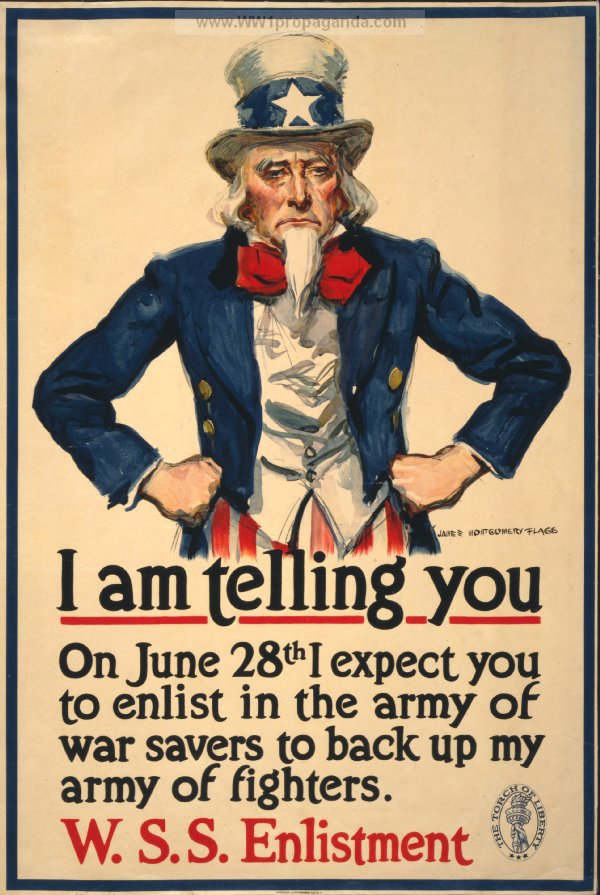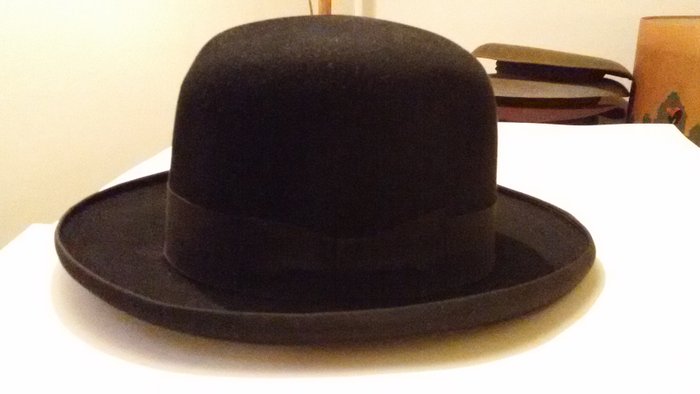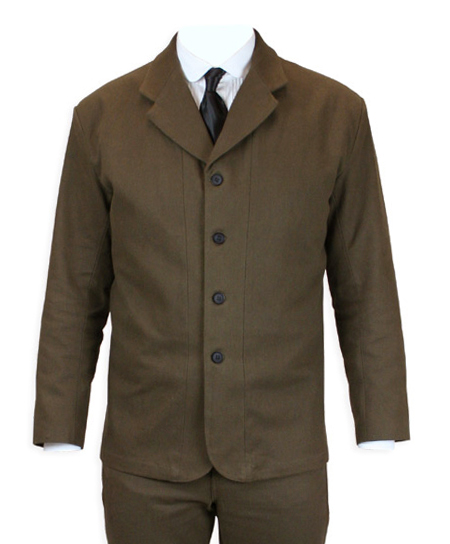Lecture Summary

Uncle Sam propaganda poster. He looks like he’s done with it and ready to kick you out of the house if you don’t enlist.
This time around, we are introduced to some aspects of World War I ,and how propaganda played a important role in the war. Obviously, no one wants to fight. But because of the assassination of Archduke Franz Ferdinand and the events to follow, there needed to be a justification to fight everyone. Thus comes to the conclusion of propaganda; A false advertisement of atrocities to motivate soldiers on the home front, however that is not to say that propaganda was the ONLY motivation to join the war (I’m looking at you ladies).
The time after the war was filled with some pretty sad times. Everyone was basically in debt and countries had lost a enormous amount of lives and money to go along with it.
But hey, the radio was invented so that’s not too bad. Today’s research material consists of Men’s Fashion from 1915-1925.
Research
Just like the trend of naming fashion styles after British monarchs, this era of fashion consisted of “Edwardian” styles. Named after Queen Victoria’s son Edward VII (wow who would’ve guessed), this fashion style would often encompass rich and exotic opulence, a direct contrast to the clothing attire worn during the great war which was mostly somber tones.
Men’s Fashion
Not much had changed from the previous years when it came to men’s attire in this year gap, but as a general outlook of the 20th century, fashion for both men and women have changed drastically. The evolution of women’s clothing had gone over a massive change transitioning from the 1900’s to the present day. With S-shaped motifs, emphasis on the natural body, and the removal of corsets. Conversely, in men’s clothing we transition from tailcoats to the modern day suits.
Sack coats (also known as Lounge coats) were still trending, replacing the Frock coat for casual arrangements. Most attire was worn into 3 parts. The Waistcoat, Trousers, and Sack Coat just like modern day attire today. Trousers were often ankle length with cuffs or turned up ends. To cover up the rest of the leg, spats or gaiters were worn.
Comparing the differences towards these 2 coats, we can see that the Frock Coat still took motifs from the Tailcoat, however the separation between the back has been omitted and the length has remained relatively the same, but on the shorter side.
The button style remains the same on the Sack Coat, however the length of the drapery has been cut to fit the waist. The appearance of the Sack coat reflects the basic structure for modern day suits, however it lacks the cuffs on the side of the arms and a breast pocket. The collar is also much shorter, as modern day suits usually extend down to the middle of the torso and have less buttons.
Ascot Ties
Men would often wear Ascot ties to accompany their suits and the collars of dress shirts were often curved into wings. The patterns of these ties also reflected modern day ties, as being either a complete flat colour or with a repeating pattern (please no dad ties, no one likes those). The Ascot tie often looked puffed up and plump and was relatively short and fat unlike the long and skinny ties we have today.

Bowler hat
Top hats were still in fashion during this period, usually made out of silk and for the rich upper class. Flat straw hats were also worn, also known as Boaters. Bowler hats, Homburg hats, and Fedora hat’s were the most popular during this time.
citation: https://en.wikipedia.org/wiki/1910s_in_Western_fashion#Men’s_fashion
-https://vintagedancer.com/1900s/edwardian-1910s-historical-mens-fashion-and-clothing-an-overview/
*https://www.ties.com/blog/100-years-of-mens-fashion



Leave a Reply